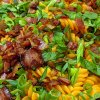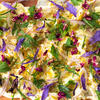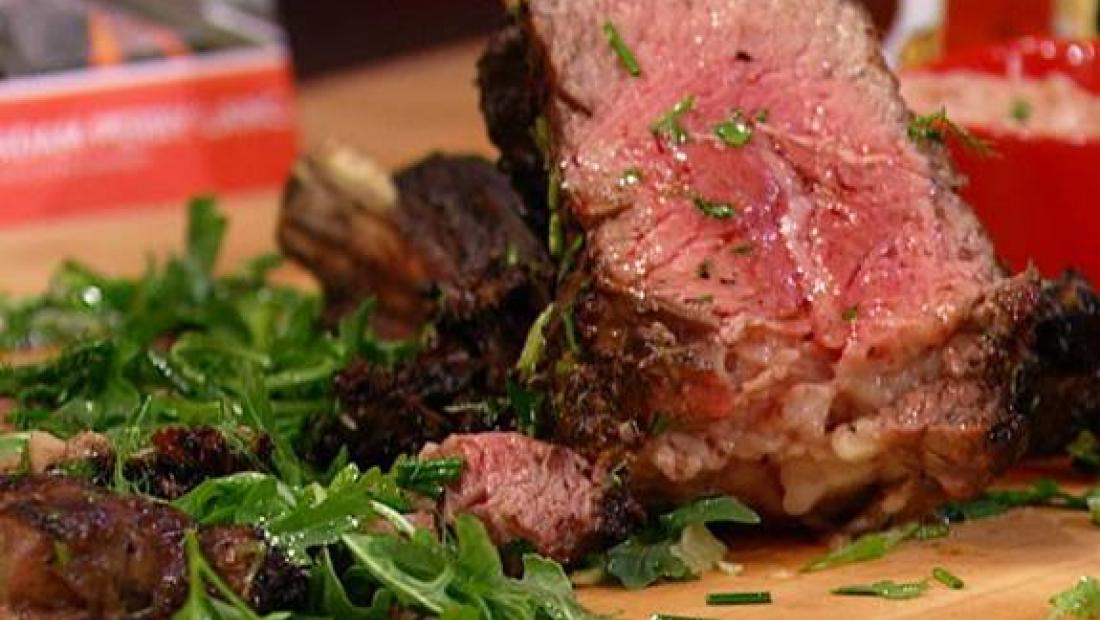Popular
Latest From the Show


Adam Perry Lang's Man Steak with Thyme Zinfandel Sauce

Q&A with Organizational Pro Peter Walsh + Dermatologist Shares A…

Actor Hank Azaria + Freezer Meals + Artichokes 2 Ways with Rach

See Inside Barbara Corcoran's Stunning NY Apartment + It's Steak…
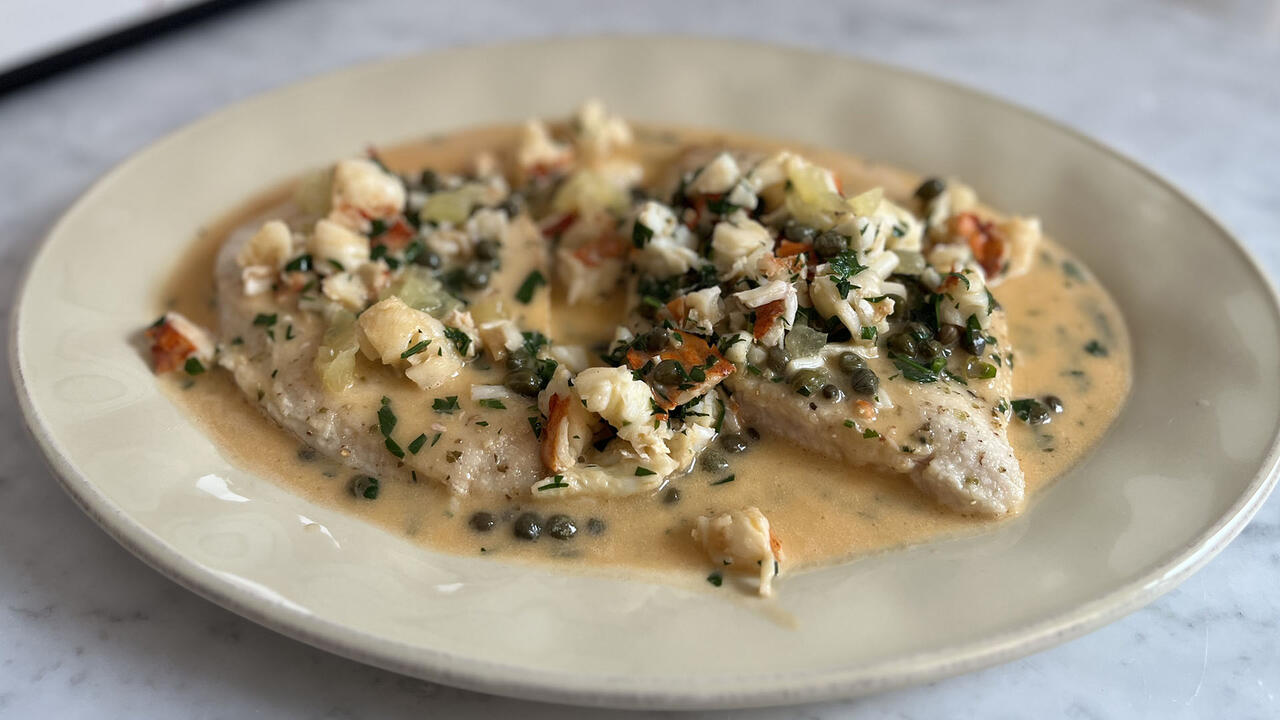
How to Make Chicken and Lobster Piccata | Richard Blais

Donnie Wahlberg Spills Details About NKOTB's First Ever Conventi…

Donnie Wahlberg + Jenny McCarthy Say Rach Is Such a "Joy" + Look…

The Best Moments From 17 Seasons of the Show Will Make You Laugh…
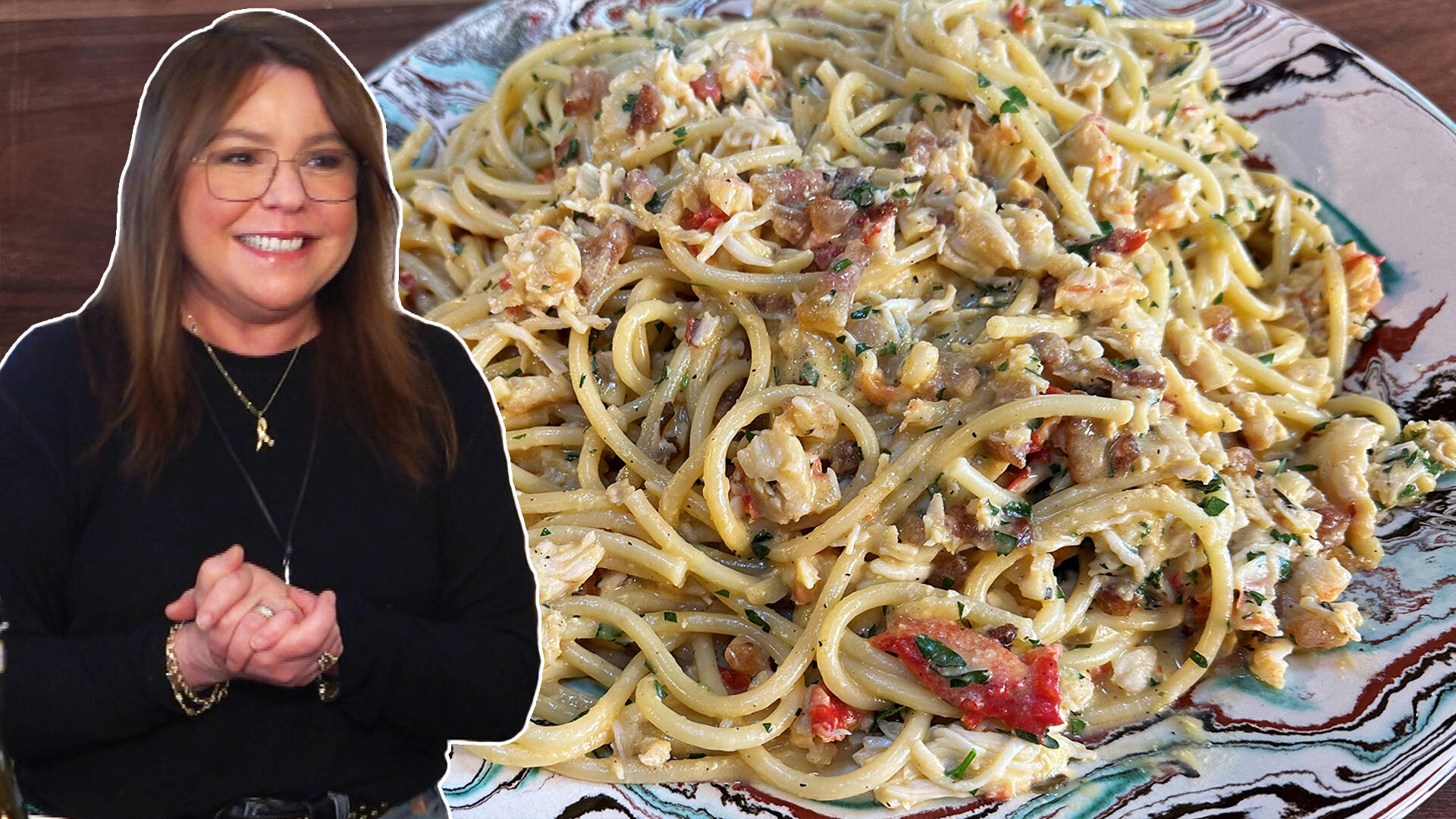
How to Make Crabby Carbonara | Rachael Ray
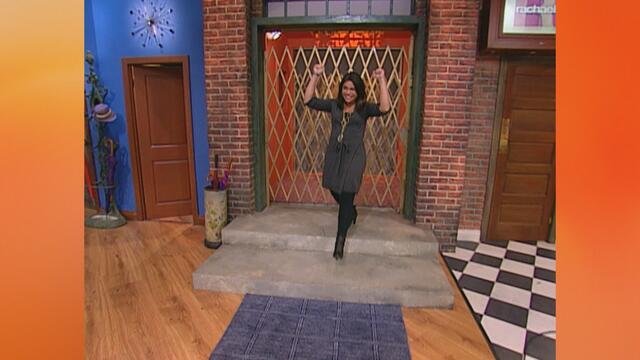
Rach Chats "Firsts" In Flashback From Our First Episode Ever In …
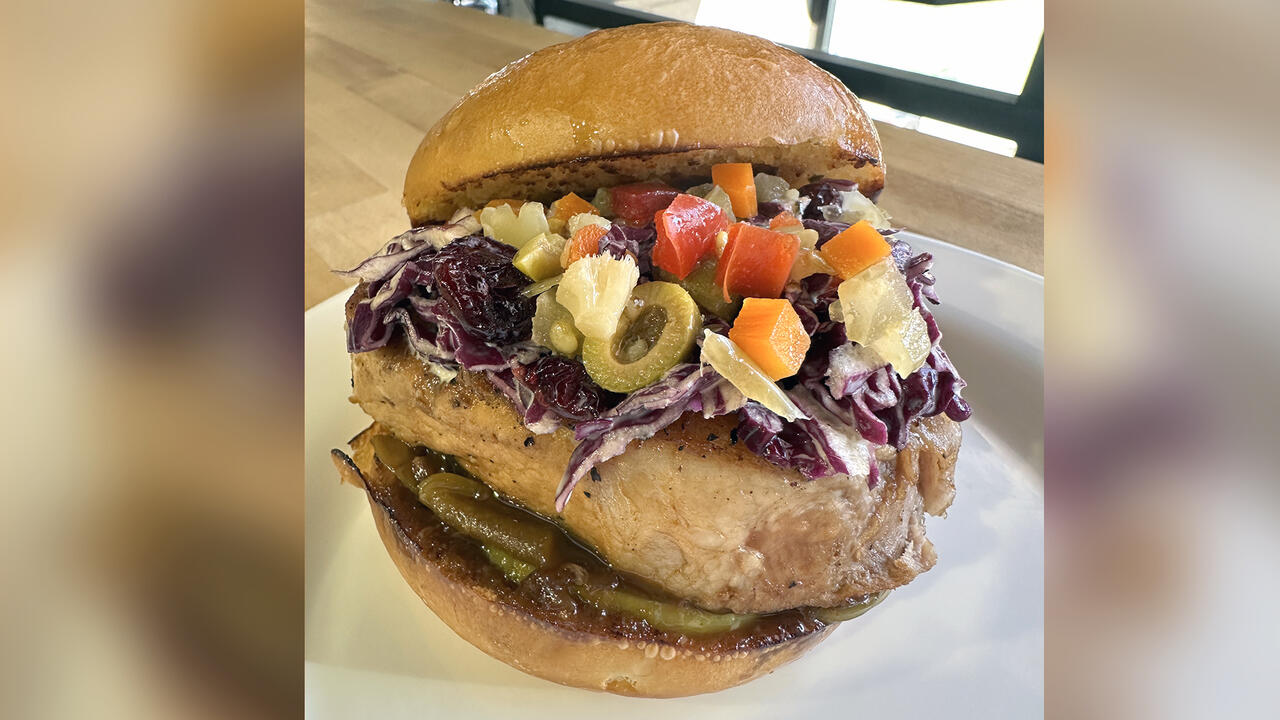
How to Make Apple-Cider Braised Pork Chop Sandwiches with Onion …

Rach's Chef Pals Say Goodbye to Show in Surprise Video Message
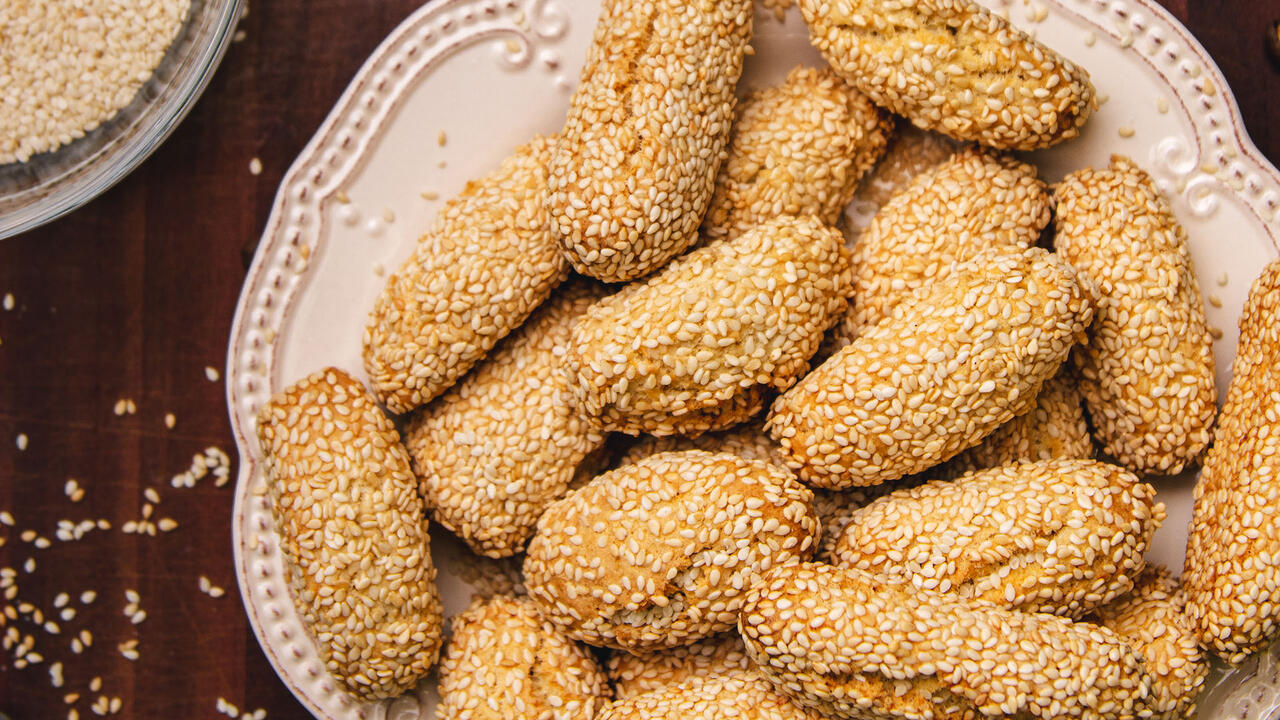
How to Make Sesame Cookies | Buddy Valastro
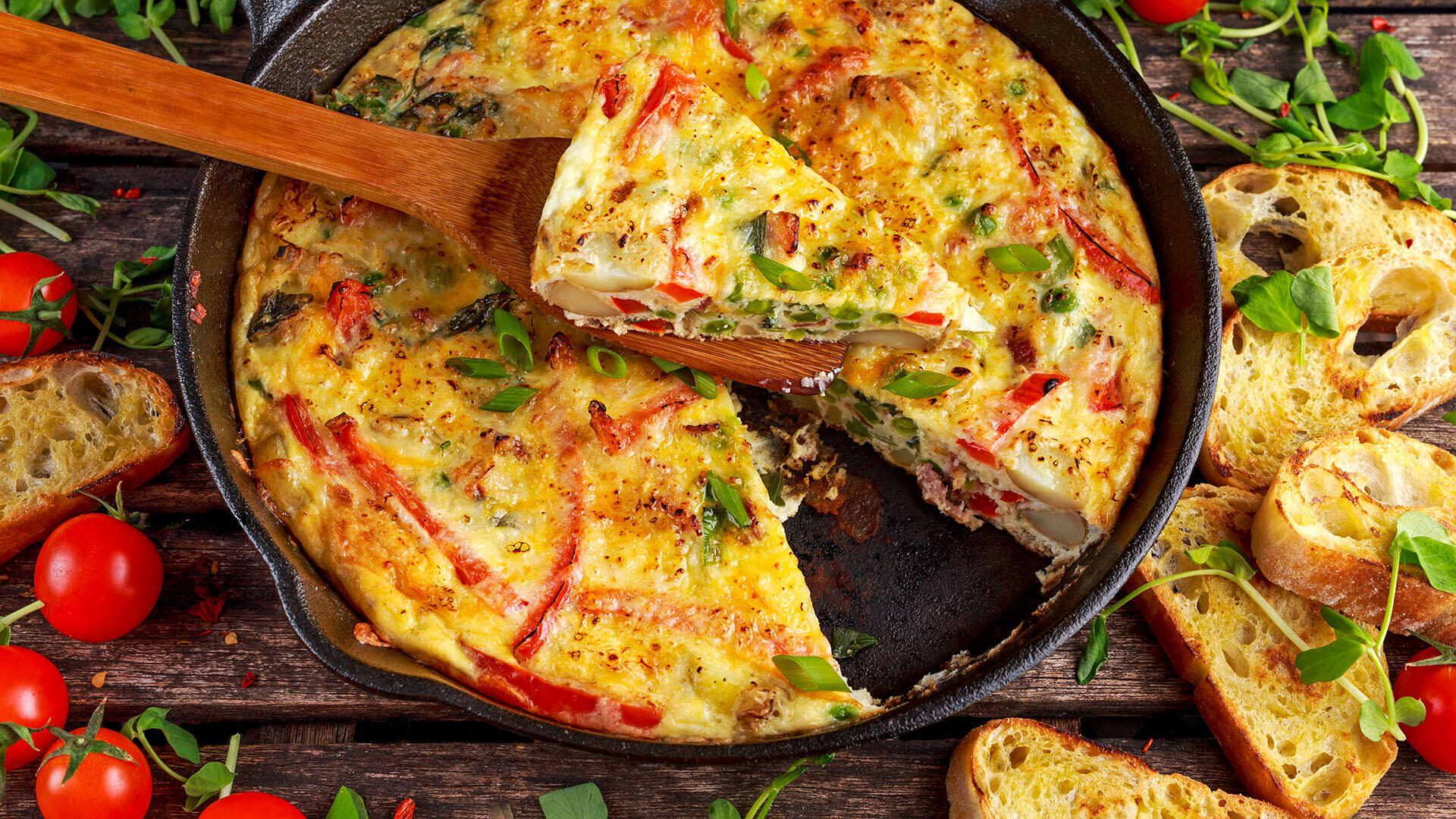
How to Make Tortilla with Potatoes, Piquillo Peppers and Mancheg…
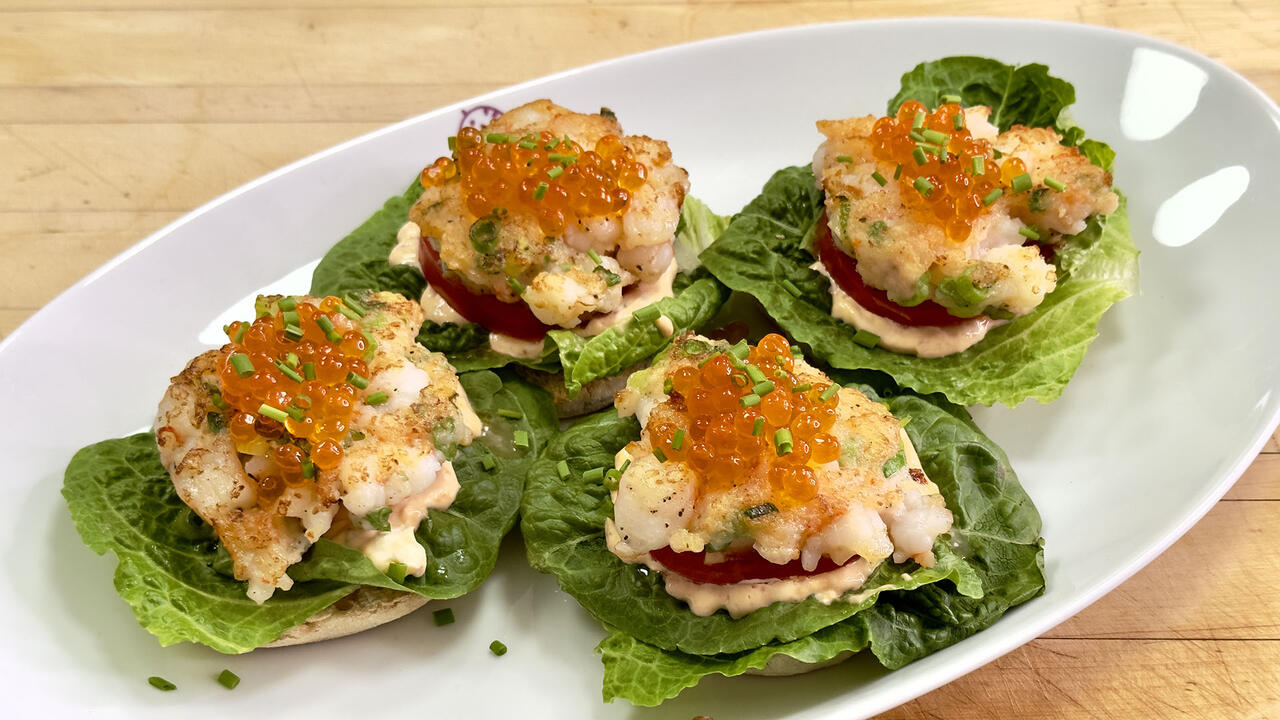
How to Make Shrimp Burgers | Jacques Pepin
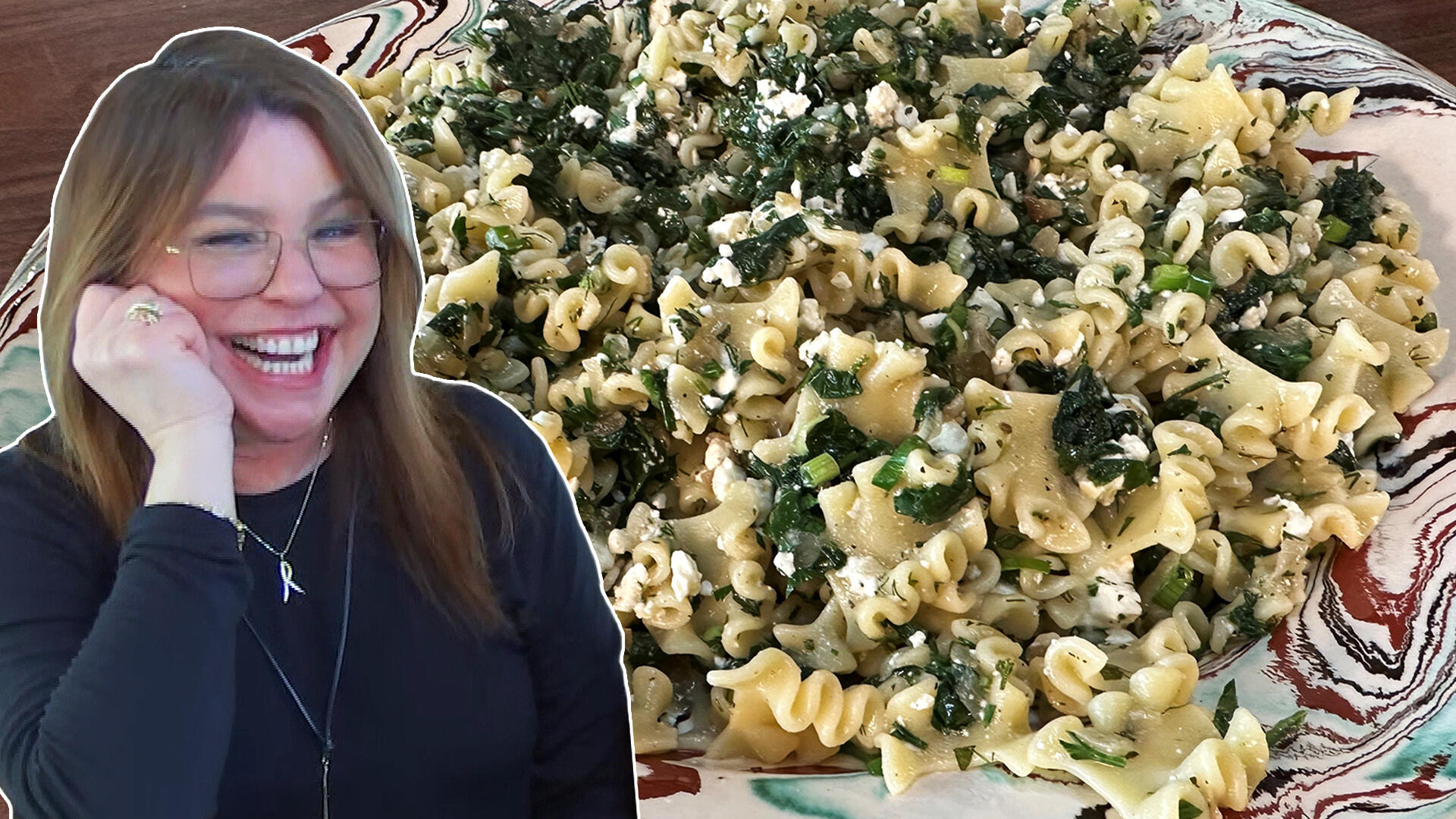
How to Make Spanakopipasta | Rachael Ray

Andrew McCarthy Chokes Up Discussing Emotional Trip to Spain wit…

Celebrity Guests Send Farewell Messages After 17 Seasons of the …

Celebrity Guests Send Farewell Messages After 17 Seasons of the …

Andrew McCarthy Teases Upcoming "Brat Pack" Reunion Special

Michelle Obama Toasts Rach's 17 Years on the Air With a Heartfel…
For the Herb Basting Brush: Rather than using an ordinary basting brush, I prefer to make my own by securing a bunch of herb springs (rosemary, sage, or thyme, or a combination—or other herbs, depending on what you are cooking) to a dowel, the handle of a wooden spoon, or a long-dash handled carving fork. The herb brush flavors the baste, releases oils into the crust as it builds, and eventually becomes a garnish for the Board Dressing (see below). Plus, it looks really cool and makes people think “Food!” when they see you using it.
For the Board Dressing: Once I have grilled a piece of meat, I want to capture the flavors of the delicious juices that emerge on the cutting board when I slice it and then build upon them, so I make what I call a board dressing. I often add some olive oil, or some of the rendered fat trimmings from the baste, or perhaps a little balsamic vinegar, to the juices. The secret flavorful last ingredient is the tip of the herb basting brush, chopped very fine and mixed into the dressing. After being in contact with the hot meat while it cooked, the rosemary, sage or thyme will have softened a bit and released some aromatic and flavorful oils. I mix the herbs into the board dressing, then slice the meat, turning each slice in the dressing to coat. Then I pour the resulting board juices over the meat when I serve it.
For the Thyme Zinfandel Salt: I knew a Tuscan butcher, Dario, who was a huge, powerful guy, the kind who lifts you off the floor when he gives you a hug. He made the first herb salt I ever tasted, perfume del Chianti (named for the region, not the wine). It was so delicious that it inspired this recipe and these other seasoning salts (the herbs certainly added to that impression). When I first tried this one and tasted the result, I swear I would have kept looking for the rest of the coq au vin if I hadnt known better. I even imagined for a second that I heard Julia Child chuckling in my kitchen standing over a hot stove for ten hours sometimes has a hallucinatory effect like that.
Making a Meat Paste (or How to Season): Season the meat all over with the Four Seasons Blend and/or other seasoning. Lightly moisten your hands and work the seasonings into the meat. Let the meat stand for 5 to 10 minutes. Through osmosis, the salts will penetrate the meat and push and pull out flavor components, creating what I call a meat paste on the surface. With more delicate flesh fish, for example you want to limit the amount of time that you allow this paste to form or you will risk salt burn.
This paste with the combination of the seasonings and juices from the meat will begin to form a glaze just as soon as you put the meat on the grill or on the smoker. Juices continue to escape from the meat and concentrate in the crust while a basting mixture adds more flavor. Its a win-win situation.
Hot Potato Method: If asked to reduce my approach to grilling to just two words, they would be hot potato. I treat meat on the grill as if I were handling a hot potato. When it gets really hot on one side (every couple of minutes) I flip it onto the other side. This is contrary to what many chefs do as they seek to create dark grill marks, but I couldnt care less about grill marks. I have been served plenty of food with nice grill marks that did nothing to disguise a poor cooking job and a lack of flavor and texture.
Notice I said hot potato, not warm potato. For the best results, I recommend a good strong wood fire (hardwood charcoal counts, or even briquettes just not the kind impregnated with chemical fire starter). You cant beat real wood for pure, even, powerfully heat. By constantly hot-potatoing i.e., turning and moving the meat, you can control the buildup of heat. And, if the crust is cooking too quickly, you can move the grilling surface farther from the fire (see the techniques described in High and Slow, page 58). Treat your fire as a tool that you control, rather than an act of nature that you can only react to. When you turn meat in this way, you are tempering it. The part that was closest to the coals and hottest is now exposed to the cooler air, which slows the cooking of the exterior while giving the interior a chance to catch up.
As soon as I turn the meat, I baste it, using an herb brush (see page 8). Basting also helps temper the meat. Then, as the fat in the basting mix gets hot, it crisps the surface while accentuating the flavor. The vinegar, stock, or other liquid in the baste adds another dimension and concentrates flavor as it reduces and evaporates. My goal throughout the tempering process is to treat the meat gently and gingerly.
The Art of Scruffing: After seasoning the meat, I usually scruff it. Let me explain. One day, Jamie Oliver and I were preparing a meal on a ski trip with friends. We had just boiled up a big pot of potatoes. The French-trained part of my consciousness watched in horror as Jamie tossed the potatoes in a colander, shaking them vigorously.
Brother, I said, hoping I could prevent my friend from committing a culinary crime. What are you doing? You'll scare the potatoes!
I'm scruffing them up a bit, he said nonchalantly, explaining that by breaking up the smoothness of the potatoes he was creating all kinds of nooks and crannies for a crust to develop: places where a baste or sauce could cling for extra flavor.
Whats true for potatoes is equally true for meat. Eastern European grandmothers from time immemorial have known that the secret to a great pot roast is to really brown the meat, almost to the point of burning, and then rip it away from the pot when you turn it. The roughed meat has more surface area, because the tearing creates little indentations and each torn muscle fiber is one more place for the Maillard reaction to work its sorcery, creating hundreds of flavor compounds in the crust.
In grilling, meat gets scruffed when it sticks to the grate as you try to turn it over especially on older grills. The slick, nonstick grates on newer grills, however, often dont tear the meat in this way. If youre using such a grill, or if youre cooking a smoother-muscled cut of meat, such as a boneless skinless chick breast or a piece of rump, you should score it before you put it on the grill, so there is more surface to grill and scruff up.
I'll grant you that you won't get those perfectly symmetrical crisscrossed lines of charring that youll see on a fast dash food burger or an Outback sirloin, but I will guarantee you that scruffing a cut of meat and building up layer upon flavor of flavor is the way to max out flavor in any crust.
In the contest of beauty versus flavor and texture, remember: you don't taste beauty.
Score with a Knife: When working with a nonstick grill, or to create more surface area in general, score the meat with a sharp knife in 1/4-to 1/2-inch hash marks.
Ingredients
- One 6-pound man steak (see notes above)
- 1/4 cup Four Seasons Blend (recipe below)
- 1 tablespoon freshly ground black pepper
- Homemade Herb Brush (see notes above)
- Basic Baste (recipe below)
- Board Dressing (recipe below)
- Thyme Zinfandel Salt, for finishing (recipe below)
- 1 cup sea or kosher salt
- 2 tablespoons freshly ground black pepper
- 2 tablespoons garlic salt
- 1 tablespoon cayenne pepper
- 1 1/4 cups extra virgin olive oil
- 10 tablespoons (1 1/4 sticks) unsalted butter
- 1/2 cup rendered fat from the meat being cooked (optional)
- 1 tablespoon soy sauce
- 1 tablespoon granulated sugar
- 2 tablespoons grated garlic (use a Microplane or garlic mashed to a paste)
- 1 tablespoon fresh thyme leaves
- 2 tablespoons grated Spanish onion
- 2 teaspoons sea or kosher salt
- 2 teaspoons freshly ground black pepper
- 1 teaspoon red pepper flakes
- 1/4 cup freshly squeezed lemon juice (optional)
- 1/4 cup white wine vinegar (optional)
- Collected meat juices from cutting board
- 6 tablespoons extra-virgin olive oil
- 2 tablespoons finely chopped flat-leaf parsley
- Sea or kosher salt
- Freshly ground black pepper
- Grated shallots or garlic (optional)
- Finely chopped chiles (optional)
- Chopped scallions (optional)
- Chopped fresh herbs, such as rosemary, thyme and/or sage (optional)
- Finely chopped tip of a homemade Herb Brush
- 1 cup sea or kosher salt
- 1/3 cup zinfandel
- 1 tablespoon dried thyme
Yield
Preparation
Preheat the grill to medium-low.
Season the beef all over with the seasoning blend and black pepper, then lightly moisten your hands with water and rub the seasonings into the meat. Allow the meat to stand for 10 minutes to develop a meat paste (see notes above).
Put the beef on the clean (un-oiled) grill grate and cook, without moving it, for 1 minute. Turn, grabbing the bone portion with your tongs, baste with the herb brush, and cook for 1 minute. Turn the steak, baste with the herb brush, and continue to cook, turning the meat every 2 minutes or so (see notes above) and basting each time you flip it, for 17 more minutes. The meat may stick and tear a bit, but this is OK, even desirable; the sticking and tearing is what I call meat scruffing (see notes above). The surface should begin to crust after scruffing. (For newer grills, where less sticking and tearing occurs, or for increased surface area, score with a knife—see notes above). Transfer the steak to a large platter and allow to rest for 10 minutes.
Meanwhile, clean and oil the grill grate.
Put the steak back on the grill and cook, turning and basting it every 4 minutes, until the internal temperature registers 115˚F on an instant-read thermometer for rare, 25 to 35 minutes.
Meanwhile, pour the board dressing onto a cutting board (or mix it directly on the board). Finely chop the tip of the herb brush and mix the herbs into the dressing.
Season the steak on both sides with the thyme salt, transfer to the cutting board, and allow to rest for 10 minutes.
To serve, slice the meat 1/4 inch thick, turning each slice in the dressing to coat, and arrange on plates. Pour the board juices over the meat and finish with a sprinkling of the thyme salt.
For the Four Seasons Blend: Combine the salt, black pepper, garlic salt, and cayenne in a small bowl. Transfer to a spice grinder or clean coffee grinder and pulse to the consistency of sand. Store in an airtight container for up to 1 month. (Makes approximately 1 cup)
For the Basic Baste: Combine all the ingredients except for the lemon juice and vinegar in a 2-quart saucepan and bring just to a simmer; remove from the heat. For the best flavor, refrigerate in a tightly sealed container for 1 to 2 days (reheat over low heat to melt the butter before using). Add the lemon juice or vinegar before using, if desired. (Makes approximately 4 cups)
For the Board Dressing: Combine the meat juices, olive oil, parsley, and sea or kosher salt and freshly ground black pepper to taste. If desired, add shallots or garlic, chiles, scallions, and/or other herbs. Stir in the chopped bits from the Herb Brush.
For the Thyme Zinfandel Salt: Combine the salt and wine in a bowl, stirring until slushy. Spread the salt mixture out in a thin, even layer on a parchment-lined dehydrator tray and dry in a dehydrator at 105F for 12 hours. Alternatively, spread the mixture on a parchment-lined baking sheet, put in a convection oven set at the lowest setting, prop the door ajar with the handle of a wooden spoon, and let dry completely, about 12 hours.
Finely grind in a spice grinder or clean coffee grinder and dry for another 2 hours.
Transfer the salt mixture back to the grinder, add the dried thyme, and pulse to the consistency of sand. Store in an airtight contained at room temperature for up to 1 month. (Makes approximately 1 cup)

